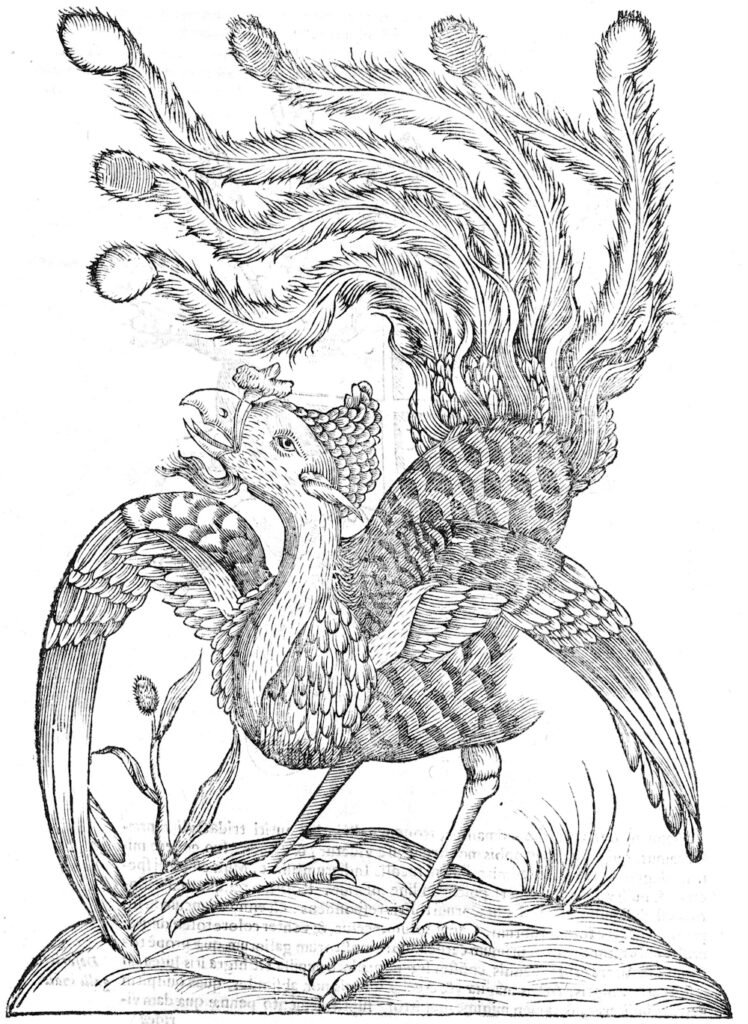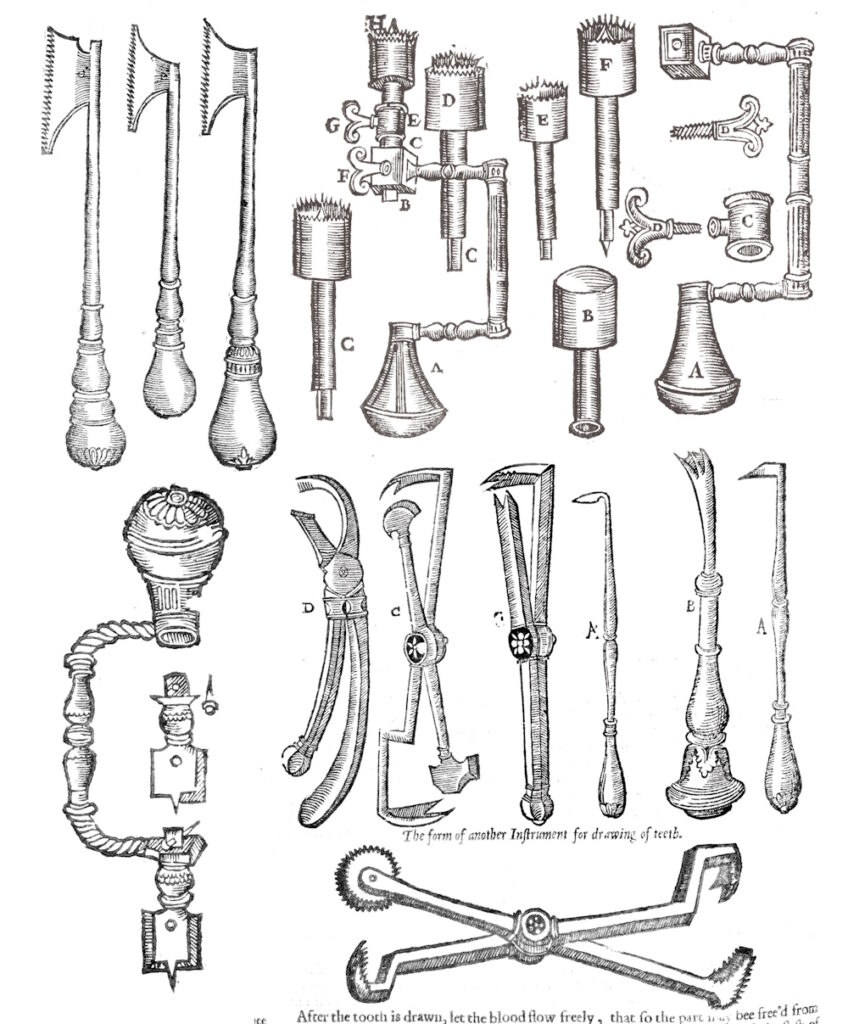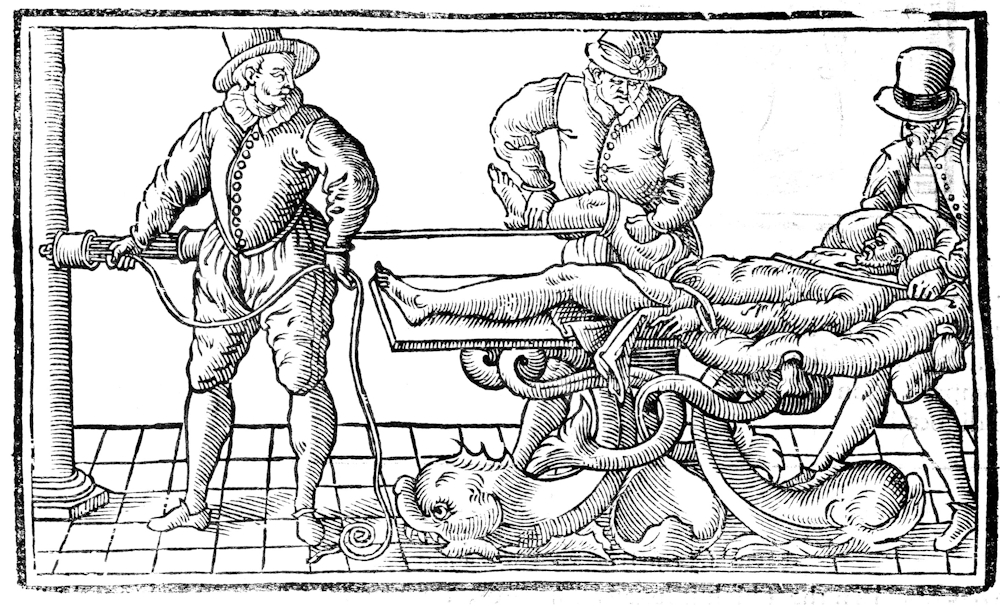From February 5-9, 2024, libraries, archives and other cultural institutions around the world are sharing free coloring sheets and books based on materials from their collections. On the first floor of Becker Library, you’ll find snacks, coloring books and materials, so let your inner child take over!
Read on to learn more about the images chosen from Becker’s rare books collection:

Alchemists were extremely protective of their work and kept their secrets hidden behind encoded texts and symbolic images. While illustrations in alchemical texts appeared as early as the third century, they became increasingly popular in the fifteenth century.
Monstrorum Historia is a visually stunning book on “monsters” and fantastical races, such as centaurs, cyclops, satyrs, and mermen, The work is part of a larger 13-volume encyclopedia on natural history, reflecting Aldrovandi’s interest in collecting specimens of plants, animals, minerals and fossils. In addition to the fantastical races and “monsters” that we would now understand as symptoms of disease or genetic conditions, there are also reports on dragons and other miraculous events that would have been considered natural phenomena.
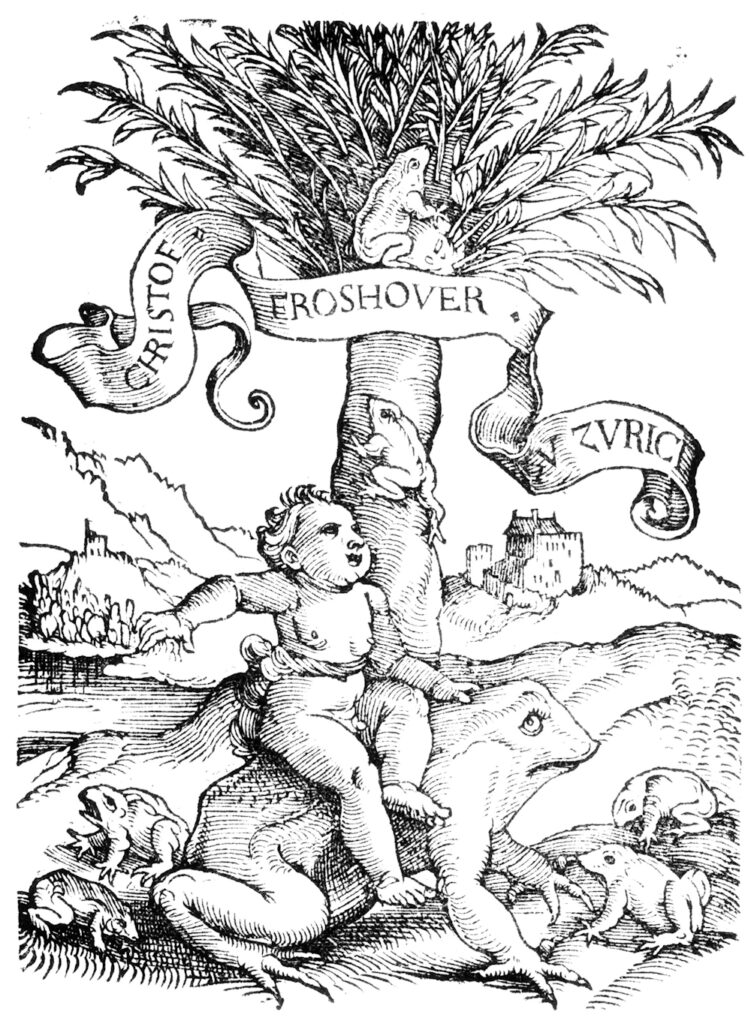
One of the most distinctive features of books printed during the early modern period are printers’ marks. These symbols frequently appeared on the title pages of books.
This printers’ mark belonged to Christoph Froschauer and is probably a reference to the family name. “Frosch” means “frog” in German, and the mark is a whimsical image of a child cavorting with a group of frogs. The banderole across the tree bears the founder’s name and the firm’s location.
Ambroise Paré (c. 1510-1590) is one of the most famous early modern surgeons; he was a French barber surgeon and considered one of the fathers of surgery and modern forensic pathology. He was also known for his battlefield medicine as well as his surgical techniques. Here, various people demonstrate the way to restore a thigh-bone that had been dislocated inwards.
Becker Library holds several of his works, including French, German, Latin, and English editions of Paré’s collected works published between 1582 and 1678.
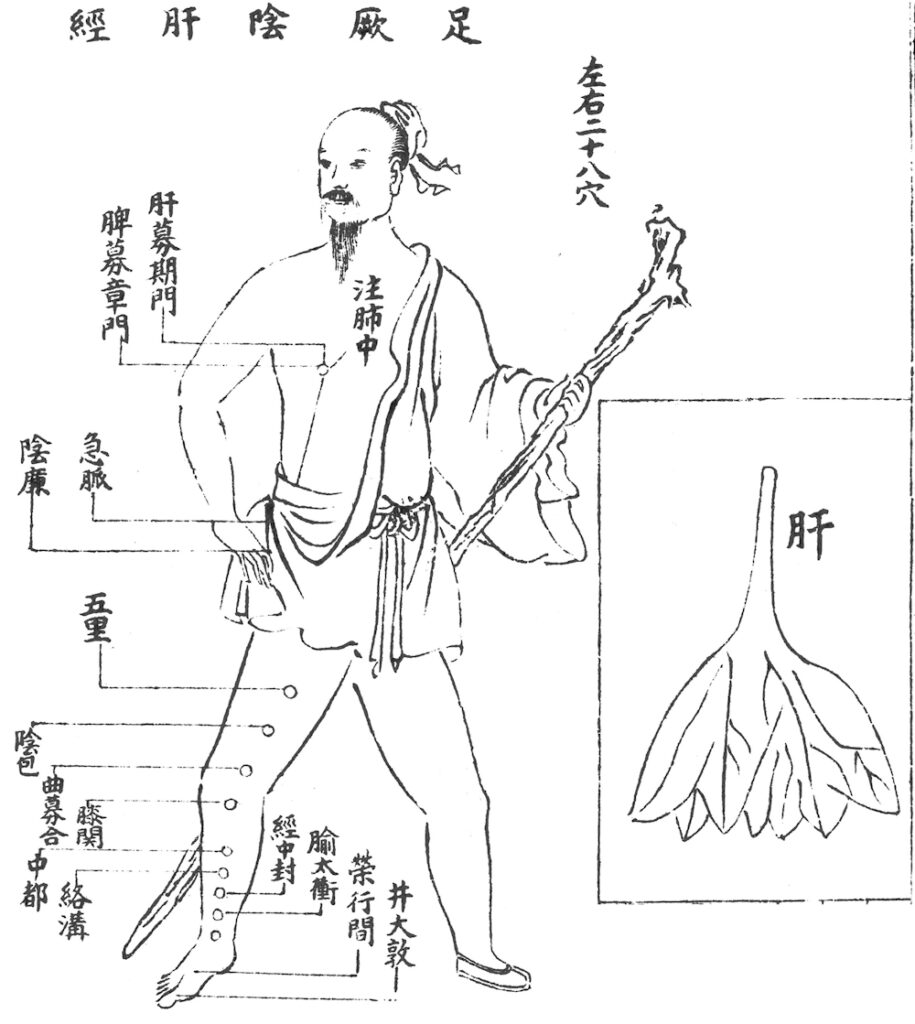
Chen Xiuyuan (1753-1823) was a medical scientist during the Qing Dynasty. This compilation of his works has a total of twenty-four volumes, covering topics from ophthalmology and classic Chinese herbal medicine to forms of physical and meridian diagnosis.

Nineteenth century Japanese ophthalmologist Dojun Nakanome believed that both Asian and Western medical traditions had merit. His Ganmoku Shinron drew from Japanese, Chinese, and Dutch sources. In addition to various woodcut illustrations displaying the morbidity of the eye, it includes depictions of cataract surgery carried out in Japan, the Netherlands, and China.

Oculus Artificialis is a late-17th century German work that covers a wide variety of optical devices; from microscopes, telescopes, and magic lanterns, to even peepshow boxes and other projection devices. The author, Johann Zahn, is also considered one of the most prolific illustrators and writers on the camera obscura. He also used the magic lantern (which he credited to Kircher) in anatomical lectures.

While its audience in Europe was mostly members of the upper class and the rich, mesmerism (also known as animal magnetism) was more of a trend amongst the middle and working class in America. The use of gimmicks and stage hypnotism made it a more lowbrow entertainment and past-time than a medical treatment and system.

Ear trumpets, conversation tubes, and other hearing devices available for purchase from a trade catalog specializing in surgical equipment. Prior to electrical amplification, hearing devices used mechanical means to aid the d/Deaf and hard of hearing.
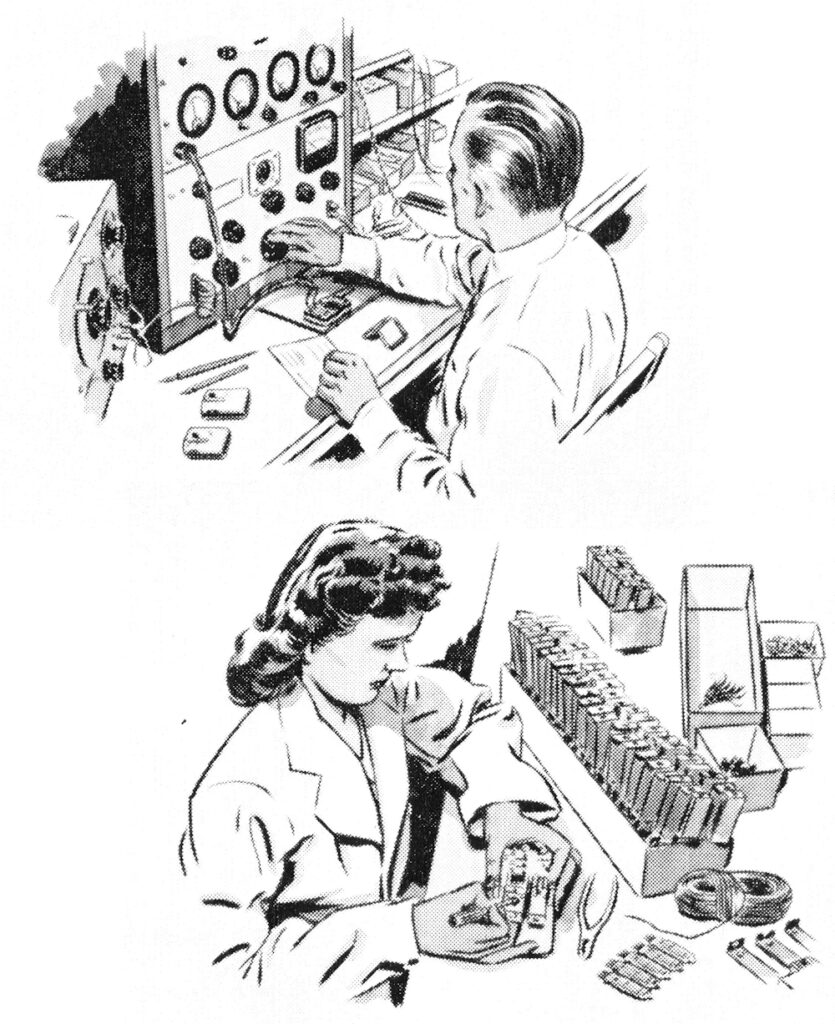
Hearing aid manufacturers highlighted the cutting-edge technology in their products to attract consumers, as in this page from a booklet promoting Rochester hearing aids.

The nineteenth century was a golden age of electrotherapeutics thanks to the enthusiastic nature of innovators eager to incorporate electricity into medical treatments. Electricity could be directly applied via shocks in order to treat paralysis and nerve-related issues.
Check out #ColorOurCollections on social media for inspiration from other participating institutions, or visit library.nyam.org/colorourcollections/.
Want to see these books in-person? Book an appointment via our email at arb@wusm.wustl.edu.

